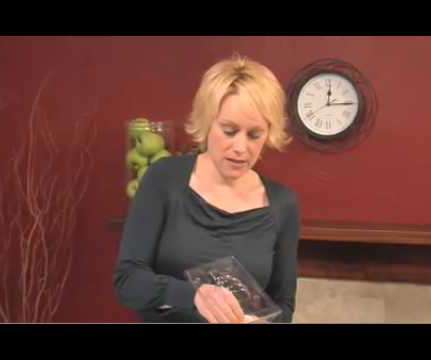12 good things that happened for the environment in 2019
AGreenLiving
DECEMBER 26, 2019
Way to cut down on plastic packaging! Cactus plastic developed in Mexico Research professor Sandra Pascoe Ortiz and other scientists at the University of Valle de Atemajac in Zapopan, Mexico used prickly pear juice to craft a new biodegradable plastic. Unlike traditional plastics, no crude oil is required, according to Forbes.















Let's personalize your content